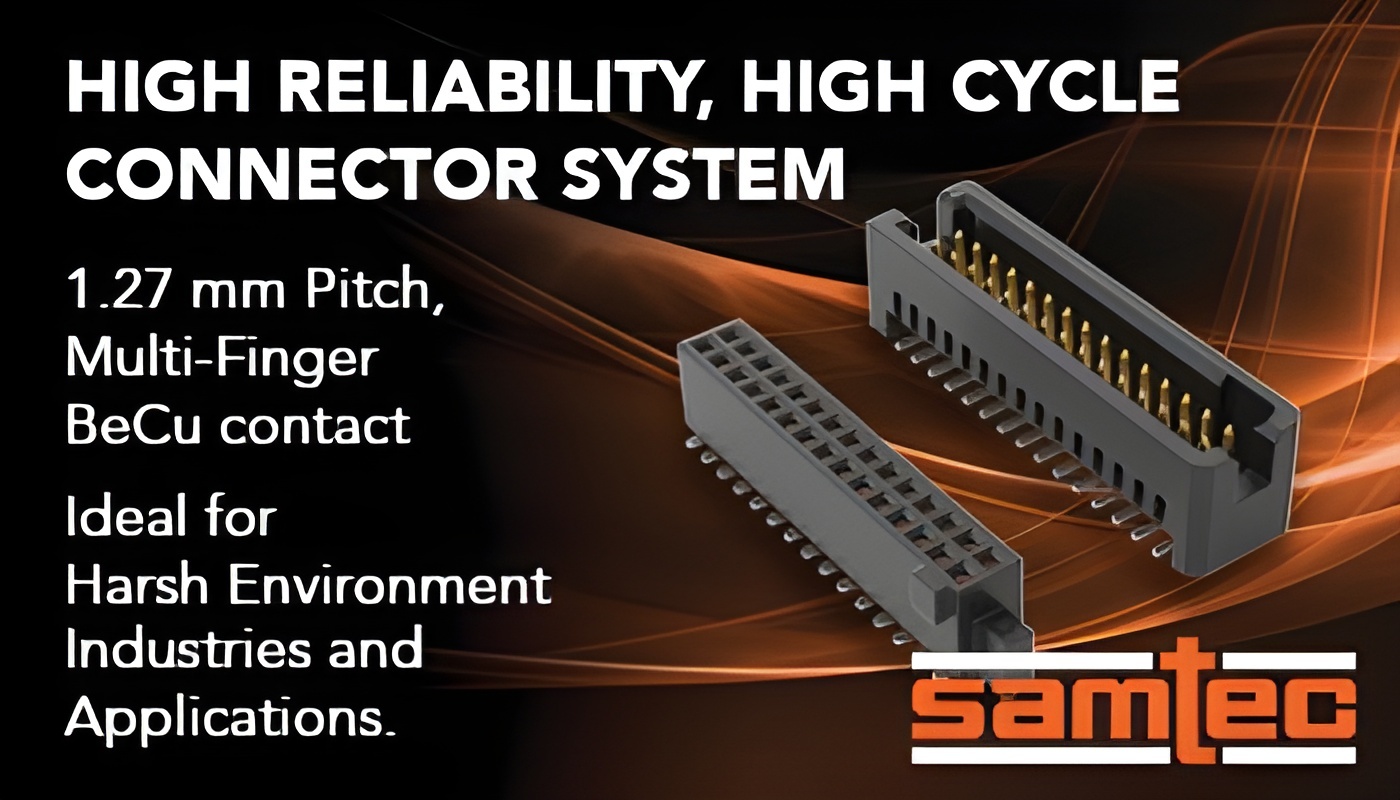

ASML has posted another solid quarter, reporting €7.7 billion in net sales, €2.3 billion in net income, and a gross margin of 53.7 % for Q2 2025. Demand for advanced lithography systems remains strong, particularly in logic and AI-driven semiconductor production. But despite solid financials, some signals suggest caution for 2026.
Revenue: €7.7 B, near the top end of guidance
Net Bookings: €5.5 B overall, including €2.3 B in EUV systems
System Output: 67 lithography systems shipped
Installed Base Revenue: €1.6 B, reflecting strong demand for upgrades and services
Gross Margin: 53.7 %, supported by high-value service contracts
Interim Dividend: €1.60 per share
Share Buybacks: €1.4 B repurchased in the quarter
ASML also confirmed first customer shipments of its next-generation TWINSCAN EXE:5200B, a high-NA EUV system that boosts throughput and overlay performance for advanced logic nodes.
CEO Christophe Fouquet described the quarter as “strong,” pointing to resilience in logic demand and solid execution in both equipment and services. The first shipment of the NXE:3800E also marks progress in EUV system evolution.
However, Fouquet acknowledged that 2025 remains a transition year. While full-year guidance of ~15% revenue growth and ~52% margin is unchanged, visibility into 2026 remains limited, particularly for memory markets and broader macro conditions.
ASML’s results continue to reflect robust AI-related investment, especially in advanced logic and high-performance compute. But beyond the Q2 headline numbers, there are concerns building across the industry:
Memory market softness may persist into 2026
Customer-specific slowdowns in some regions are starting to affect tool orders
Geopolitical and trade tensions remain a long-term variable in global equipment demand
While EUV bookings were healthy, overall net bookings declined compared to previous quarters, a sign that some customers are starting to reassess capex timelines.
The highlight this quarter was the first shipment of the EXE:5200B, ASML’s latest high-NA EUV platform. Designed for advanced logic nodes, the system supports up to 175 wafers per hour and improved overlay performance, essential for the move beyond 2nm.
ASML also continues to grow its Installed Base Management business. As more EUV systems move out of warranty, demand for service contracts, upgrades, and field retrofits is rising. This area contributed €1.6 B to Q2 revenue and remains a stabilising force against new system order volatility.
ASML is a bellwether for global semiconductor investment, and right now, its results show a mix of optimism and caution:
AI-driven logic investment remains the primary demand driver
High-NA EUV deployment is accelerating, but adoption will take time
Capex cycles may flatten in 2026 depending on market demand and inventory digestion
Service revenue is playing an increasingly important role in margin stability
For engineers, buyers, and supply chain professionals, the message is clear: lithography demand is shifting from aggressive expansion to more targeted, high-value deployments, particularly where AI performance gains justify the capex.
ASML’s Q2 2025 performance reinforces its position as a foundational supplier to the semiconductor ecosystem. Strong bookings, rising service revenue, and technology leadership continue to support growth, but the next 12–18 months may require navigating a more complex demand environment.
As the first EXE:5200B systems reach fabs, and high-NA production ramps, ASML’s role in shaping the future of logic and AI silicon remains unmatched. The question now is not capability, but timing.
Read the original announcement here.

